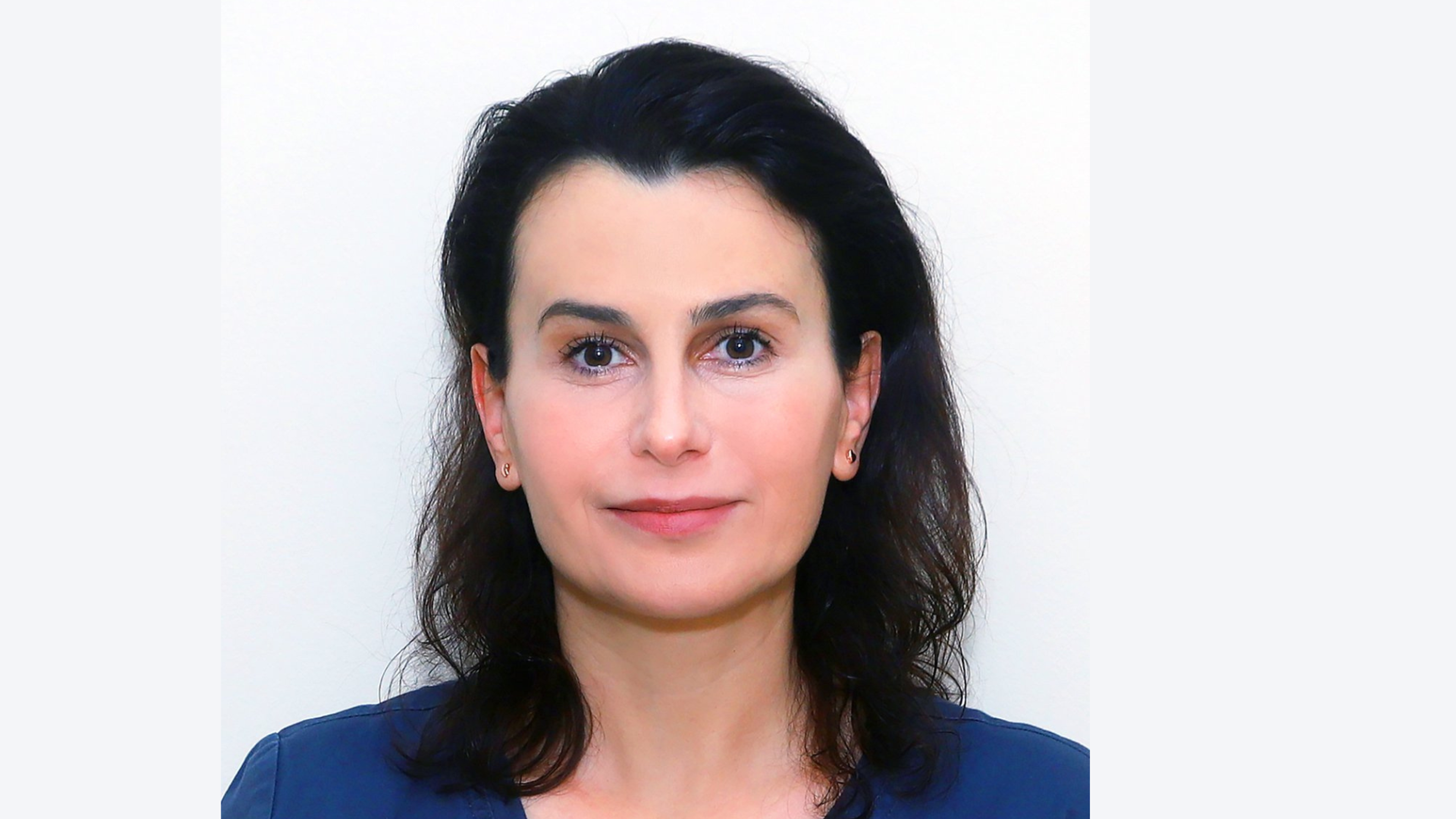AI, robotics, and the next frontier in medical testing
The fusion of technology and empathy in modern laboratory medicine
3 Oct 2025

Associate Professor Irena Ivanova
Prof. Irena Ivanova is a dedicated medical doctor specializing in laboratory medicine with over 20 years of experience, recognized for her innovative contributions, extensive research, and teaching roles, particularly in clinical laboratory diagnostics and rare diseases like Wilson’s disease, aiming to advance healthcare quality and patient care through modern technologies and empathy.
In this exclusive interview, Ivanova discusses early implementation of advanced tumor marker detection technologies, emphasizes the importance of continuous education for clinicians and laboratory staff, shares insights from AI training highlighting the integration and oversight of AI in healthcare, and envisions a future where robotics and AI streamline laboratory processes while maintaining the essential human element of empathy in patient care.
SelectScience: In your previous article, you told us that you get the chance to install and implement new technologies early in your lab, what kind of technologies do you get to test in this way?
Prof. Ivanova: Over the past few years, an immunological analyzer with the ability to determine new tumor markers - CA 242, CA 50 and pro GRP - has been installed in the laboratory where I work and which I manage. The markers are new in the sense that they are just entering the clinical practice of our doctors, who until now have relied more on the well-known CEA, CA 19-9 and AFP.
The diagnosis of oncological diseases is complex and includes a number of medical techniques - anamnesis, patient status, laboratory tests, imaging diagnostics, histological examination, genetic analysis, etc., but the ability to have new blood markers increases our efficiency as doctors in the process of screening and prevention.
In my opinion, the power of medicine means it makes sense to focus on prevention and to "look for" possible problems before they have become irreversible. Also, utilizing the application of a complex panel of laboratory tests, including several tumor markers, increases diagnostic sensitivity and specificity.
Laboratory technology is developing towards the detection of new markers, which even in minimal quantities can now be reliably proven with high analytical reliability, the path from the first tumor markers, such as the Bence-Jones protein to liquid biopsy is clear and continues forward.
Challenges and strategies in implementing new technologies
SelectScience: Are there any common hurdles you face when installing new technologies, and what can other lab leaders learn from your experiences?
Prof. Ivanova: I can share not so much as a difficulty, but rather as something that requires some time, is having knowledge of the new markers and tests that our laboratory offers. For this purpose, I organize lectures and seminars so that I can tell clinicians how they can expand their diagnostic capabilities. I meet with them and talk about joint projects through which we can gain our own experience with the new tests and equipment. I do the same with the staff in the laboratory - registrars, laboratory assistants, chemists and biologists.
I believe that knowledge should be accessible to everyone, but in a dosed manner. Continuous and regular education and training are required. University structures, representatives of the test manufacturer, device engineers and of course we, the doctors in the laboratory, who have the task of implementing the new methods and analyzes, can be involved in this process.
Insights from 'Artificial Intelligence in Healthcare' training
SelectScience: Last year you took an 'Artificial Intelligence in Healthcare' course at MIT- Massachusetts Institute of Technology, what did you learn from this course that could help other doctors working in the laboratory space?
Prof. Ivanova: The topic of artificial intelligence (AI) has become an everyday conversation, and it is already being used every day. If we learn to use the capabilities of AI correctly, we will improve our work. The course taught me how things happen, what exactly happens when I ask AI something and where the information comes from. I also learned how much to trust the AI answers I was being given.
I think the following few points will be useful for colleagues:
- In medicine, large language models and computer vision are used mostly.
- It is important how we ask our questions, how descriptive and precisely targeted they are. Also, let's not forget that AI is "trained" - what files and documents are in its memory, how recently have they been updated - these are characteristics that we need to know.
- Validation of AI decisions by a person is necessary.
- The most important thing is that AI technologies must be generally accessible and democratic.
- Still, especially in Europe, the legislative framework for the use of AI is not complete, but there are many positive achievements and here doctors should participate in the formation of the rights and conditions for the use of new technologies - collaboration with companies that develop AI products for the needs of medicine is important.
- Robotics and biomechatronics offer incredible opportunities for diagnostics and improving the quality of life of patients. One example is mechanical skeletons that can assist patients with musculoskeletal problems; devices that can track patient compliance and "report" to personal doctors how well the prescribed therapy is being applied.
- Knowledge of the possibilities for errors and interference, for deviations in responses. All of these are processes controlled by humans and their knowledge will facilitate our work with AI.
Future impact of robotics and artificial intelligence in medicine
SelectScience: What technology do you think will have the most impact on medicine/laboratory medicine over the next 5 years?
Prof. Ivanova: Robotics and artificial intelligence will have the greatest impact on medicine and laboratory medicine. Also of particular importance is the knowledge of colleagues about new technologies, i.e. the insertion of new technologies into the training process at medical universities.
Imagine the following laboratory of the future:
The general practitioner appoints tests and the patient goes to a place close to him, where there is a robotic blood collection system with pre-identified tubes with assigned tests. The biological material reaches the central laboratory from the sampling site via transport drones. Then the tubes are taken by robots that deliver the material to a pre-analytical system with blood distribution by devices connected in consolidated systems with auto-validation of results in a reference interval and an automated protocol for validating pathological results. All this with automated AI control in the pre-analytical, analytical and post-analytical periods. Patients and doctors receive reports from the tests, which can be supplemented with old analyses to monitor trends, supplement further necessary tests, possible causes of the available results if they are pathological. It would be especially suitable for people with chronic diseases who often need to take blood - e.g. patients with diabetes. After receiving the results, doctors send feedback to the patient for correction of therapy and monitoring the treatment using devices.
For me, the main question is not if, but when? Human emotions and empathy are an integral part of human interaction. This seems to be the most ambiguous circumstance in our relationship with AI.
This interview is published as part of the global CLINICAL24 conversation, highlighting challenges facing clinical laboratories and exploring the technology solutions to overcome them.
Further reading from Irena Ivanova
